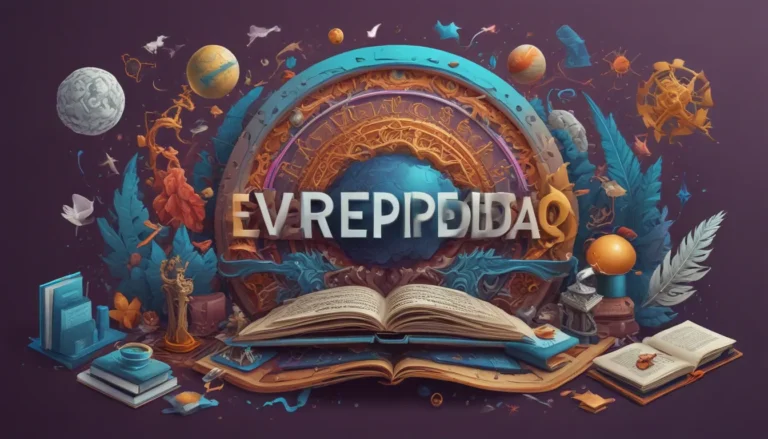A Note About Images: The images used in our articles are for illustration purposes only and may not exactly match the content. They are meant to engage readers, but the text should be relied upon for accurate information.
Welcome to the captivating world of Python programming! In this comprehensive guide, we will explore the fascinating facts, history, and impact of Python in the tech industry. Whether you are a seasoned developer, a tech enthusiast, or simply curious about the world of programming, this article will provide you with valuable insights into the significance of Python and why it continues to be a powerhouse in the realm of coding.
The Beauty of Python: Simple, Readable, and Versatile
Python, named after the British comedy group Monty Python, is a popular and versatile programming language admired for its simplicity and readability. It has found wide-ranging applications in web development, data science, artificial intelligence, and scientific computing. Python’s emphasis on readability, extensive libraries, and collaborative community make it an indispensable tool for rapid prototyping, code reusability, and technological innovation.
Unveiling the Origins of Python
Guido van Rossum, the creator of Python, was a fan of Monty Python’s Flying Circus, which inspired him to name the programming language after the comedy group. Python was officially released in 1991, with a focus on enhancing code readability and expressiveness. Its open-source nature and active community have contributed to its continuous improvement and adaptability.
Exploring the Features of Python
Interpreted Language
Python is an interpreted language, allowing for easy debugging and testing as the code is executed line by line. This feature facilitates rapid prototyping and encourages an iterative and exploratory approach to programming.
Strong Standard Library
Python boasts a robust standard library that supports various common programming tasks, reducing the need for external modules and enhancing code consistency among developers. The standard library also promotes code sharing and collaboration within the Python community.
Support for Multiple Programming Paradigms
Python supports procedural, object-oriented, and functional programming paradigms, providing developers with the flexibility to choose the most suitable approach for their projects. This versatility enables the implementation of diverse software solutions, from simple scripts to complex applications.
Extensive Ecosystem of Third-Party Packages
Python offers a vast ecosystem of third-party packages and modules developed by the community, extending the language’s capabilities for specialized tasks. Packages like NumPy, Pandas, TensorFlow, and Django enhance Python’s functionality in domains such as data analysis, machine learning, web development, and scientific computing.
Python in Action: Applications and Impact
Data Science Dominance
Python has emerged as a dominant force in the field of data science and machine learning, thanks to its rich libraries and frameworks like NumPy, Pandas, and Scikit-learn. Data scientists leverage Python for data manipulation, statistical analysis, and the development of machine learning models.
Powering Web Development
Python is a preferred choice for web development, with frameworks like Django and Flask enabling the rapid creation of dynamic and scalable web applications. These frameworks offer robust features for database management, user authentication, and web request handling.
Facilitating Artificial Intelligence and Machine Learning
Python serves as a foundational language for artificial intelligence and machine learning applications, with libraries like TensorFlow, Keras, and PyTorch supporting advanced model building and training. Python’s simplicity and high-level abstractions streamline AI and ML development in areas such as natural language processing and computer vision.
Cross-Platform Compatibility
Python’s cross-platform compatibility allows developers to write code that runs seamlessly on multiple operating systems, eliminating platform-specific development complexities. This feature enhances the portability and accessibility of Python applications across different platforms.
Rapid Prototyping and Code Reusability
Python’s concise syntax and dynamic typing promote rapid prototyping, enabling developers to experiment with new ideas and features quickly. The language’s modular and object-oriented design encourages code reusability, aiding in the creation of scalable and maintainable software components.
Embracing Evolution and Community Collaboration
Python’s evolution is driven by the Python Enhancement Proposals (PEP), which propose new features and enhancements to the language through community discussions and implementation. The collaborative nature of the Python community enriches the language’s ecosystem, ensuring its relevance and adaptability in a rapidly evolving technological landscape.
Conclusion: Python’s Enduring Relevance and Innovation
In conclusion, Python programming language stands as a versatile and powerful tool in the tech world, valued for its simplicity, readability, and extensive libraries. Its widespread adoption across diverse domains underscores its relevance and impact in the ever-evolving tech landscape. As Python continues to evolve with regular updates and enhancements, it remains a frontrunner in driving innovation and efficiency in software development.
FAQs
Is Python suitable for beginners in programming?
Absolutely! Python’s clear syntax and community support make it an excellent choice for beginners to grasp fundamental concepts without complexity.
What career opportunities are available for Python developers?
Python developers have diverse career options, including web development, data analysis, machine learning, and automation, offering lucrative paths for professionals with Python skills.
Python’s versatility and power make it a must-learn language for programmers, driving innovation and collaboration in the tech industry. Don’t miss out on exploring Python’s potential in enhancing your coding experience!






